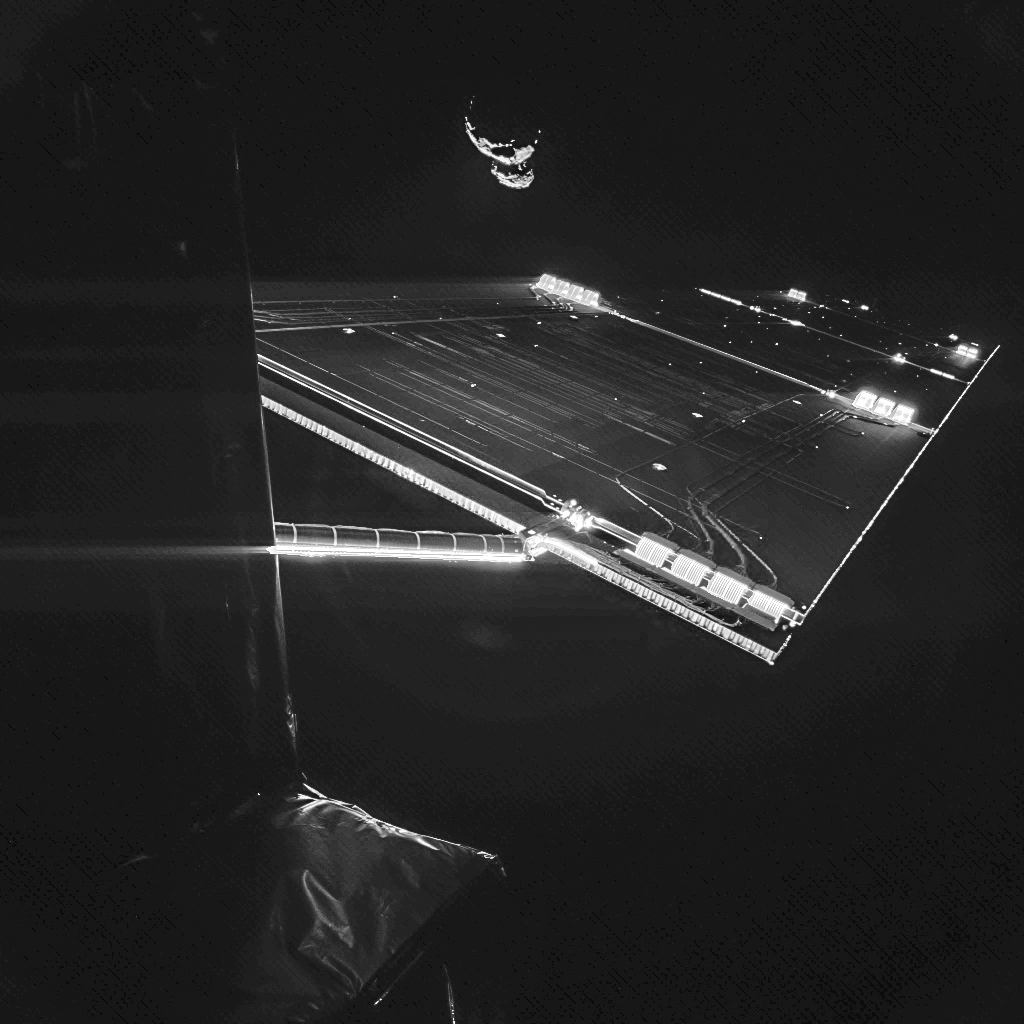As 2014 comes to a close I invite you to join me in looking back over the most important things that happened in space exploration this year. Between the launch of Orion, the discovery of exoplanets,
and the landing of a probe on a comet, it has been a busy year for space exploration!
Orion:
On December 5, 2014 the Orion Space Capsule launched aboard a Delta IV Heavy Rocket from Cape Canaveral. It is a historic moment because it marks the start of the return of US based human space exploration. Orion is the capsule designed to send humans farther into space than ever before. It is planned to go to an asteroid and eventually to Mars. Missions like Orion will serve to reinvigorate the spirit for space exploration in the US and in the world.
Kepler:
This year the Kepler space telescope (
read my post about it here) discovered 715 exoplanets. This is more planets than have ever been discovered. The discoveries serve to provide a goal for future space exploration: that someday we might visit on one of them. It also reminds everyone how incredible it is that we have life here and earth and sparks curiosity about whether life may exist on any of the countless exoplanets, both discovered and unknown.
Cosmos:
This spring a revival of Carl Sagan's
Cosmos: A Personal Voyage aired with a new title, new episodes and a new host. Even though this was not an event in space it is worthy of this list because it shared the wonders of space with over 400 million people in 60 different countries. It was hosted by Neil DeGrasse Tyson and it was amazing! If you did not get a chance to watch it on tv I highly recommend you take the time to watch it on
Netflix,
iTunes or
Amazon; it will be time well spent.
Rosetta:
 |
Rosetta's Selfie
Courtesy of esa.int |
On November 12, 2014 the European Space Agency successfully landed a probe on Comet 67P/Churyumov-Gerasimenko (Don't worry, I can't pronounce that either). This in itself was a huge success that came after 10 years of travel by the spacecraft. It sent back lots of information about the comet along with pictures that are, to scientists, gold because they, for the first time ever, show what the surface of a comet actually looks like.
Unfortunately, the probe bounced and landed upside down in a crevice. While that is a problem as it cannot get power when it is in the dark, the mission was still a success. Landing on the comet was a huge leap for human space exploration and marks the start of a new era of exploration of comets and asteroids.
So, as you can see, a lot happened in space exploration this year. We learned a lot and had many successes. Let us hope that we can learn and explore even more in 2015!




No comments:
Post a Comment